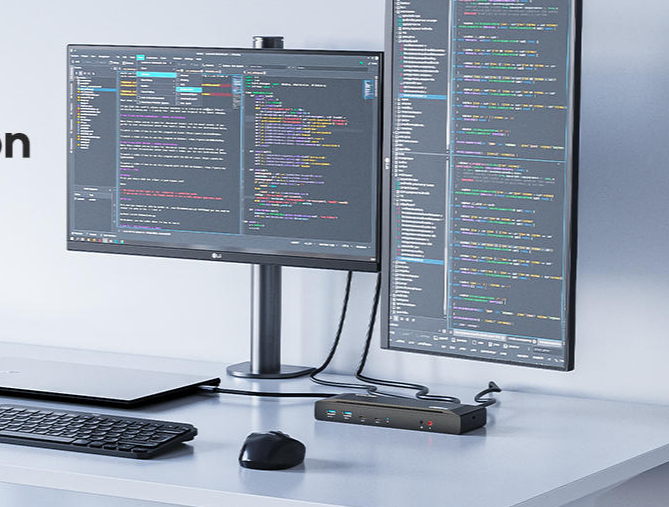In the world of wireless networking, the emergence of Wi-Fi 6 and the growing popularity of mesh systems have sparked a debate about which technology provides the best connectivity solution. This discussion is particularly relevant for users considering an upgrade to their home or office network. Central to this comparison is the AX1800 Wi-Fi 6 router, a device that exemplifies the capabilities of Wi-Fi 6 technology.
Wi-Fi 6, officially known as 802.11ax, represents a significant step forward from its predecessor, Wi-Fi 5 (802.11ac). It offers higher data rates, increased capacity, and better performance in environments with many connected devices. The AX1800 Wi-Fi 6 router, for instance, is designed to support faster speeds, reduced latency, and improved efficiency. It employs technologies like OFDMA (Orthogonal Frequency-Division Multiple Access) and MU-MIMO (Multi-User, Multiple Input, Multiple Output), which enable it to handle multiple data streams simultaneously, making it highly efficient in bandwidth distribution.
Mesh systems, on the other hand, are designed to eliminate dead zones by using multiple router-like devices placed around the space to create a seamless network. Each node in a mesh system communicates with the others, creating a robust and extensive coverage area. This setup is particularly beneficial in large homes or offices with many walls and floors, where a single router might not provide complete coverage.
The key question is whether Wi-Fi 6, as seen in the AX1800 router, offers advantages over mesh systems. The answer lies in understanding the specific needs and layout of the area in question. Wi-Fi 6 routers like the AX1800 are incredibly efficient in managing a high number of devices and offering faster speeds. They are well-suited for environments where multiple devices require high bandwidth simultaneously, such as streaming 4K videos, online gaming, and large file transfers.

The AX1800 Wi-Fi 6 router also features advanced technologies like beamforming, which directs the Wi-Fi signal towards specific devices rather than broadcasting in all directions. This targeted approach enhances signal strength and range, making Wi-Fi 6 routers more effective in larger areas. Additionally, ax1800 wifi 6 router are backward compatible, meaning they can work with devices that support older Wi-Fi standards, providing flexibility and future-proofing for users.
However, for environments where coverage area is a primary concern, especially in multi-story buildings or houses with thick walls, a mesh system may be more advantageous. Mesh networks excel in providing consistent coverage across a wide area, ensuring that there are no dead zones. In scenarios where a single Wi-Fi 6 router like the AX1800 cannot cover the entire area, adding mesh nodes can extend the coverage while maintaining the benefits of Wi-Fi 6 technology.
Moreover, mesh systems are generally easier to set up and manage than traditional routers. They often come with user-friendly apps that guide users through installation and allow for easy network management. This simplicity can be a significant advantage for users who are not tech-savvy.
Ultimately, whether Wi-Fi 6 or a mesh system is better depends on the specific requirements of the user. The AX1800 Wi-Fi 6 router offers superior performance, speed, and efficiency, making it ideal for bandwidth-intensive tasks and environments with many devices. However, for those who need to cover a large area with consistent signal strength and are looking for ease of use, a mesh system may be the better choice.
In conclusion, both Wi-Fi 6 and mesh systems have their unique strengths, and the choice between them should be based on individual needs, the layout of the space, and the types of devices being connected. The AX1800 Wi-Fi 6 router stands out as a powerful option for those seeking the latest in Wi-Fi technology, while mesh systems offer an excellent solution for extensive coverage needs.